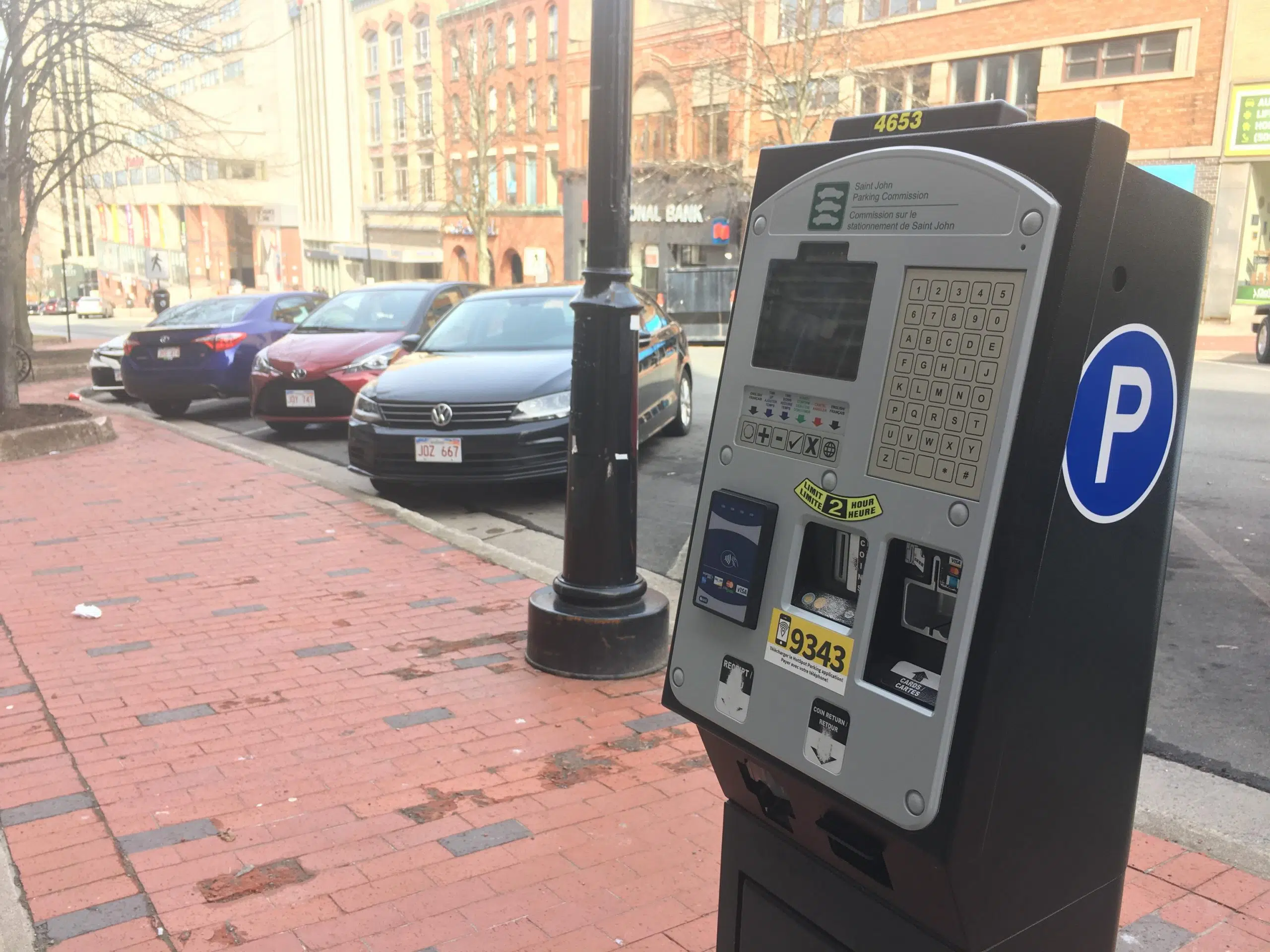You will soon have the option to scan a QR code on a sign to pay for parking in uptown Saint John.
Common Council approved amendments to the city’s parking bylaw during Monday’s meeting.
The changes will allow staff to install 25 QR code signs to replace nearly two dozen on-street parking machines that must be upgraded.
Michael Hugenholtz, Commissioner of Public Works and Transportation, said residents will still be able to pay in a wide variety of ways, including with cash.
In March, the city’s parking department trialed the use of HotSpot’s tap sign at the top of King Street. The tap sign provides parkers with the option to use the HotSpot app and use the number on the sign or a QR code as a payment option.
The QR code option directs users to make secure payments for parking via their webpage, with no app required.
According to a staff report, there have been more than 235 users of the QR code payment method and more than 360 of the Hotspot number payment option in the 13 parking spaces serviced by the sign.
Hugenholtz said this payment alternative will help reduce the costs of upgrading the pay-by-plate machines for new protocols.
In May, the city received notice from its parking meter vendor that all meters with credit card readers must be upgraded to accept only contact and contactless cards by Oct. 1.
The elimination of credit card payments made using the magnetic stripe is designed to increase security for the city and the cardholder, according to the staff report.
“In the event that the City is unable to have parking meters fully EMV Contactless enabled by October 1st, 2022, there will be a charge of US$0.15 for all VISA transactions,” said the report, which noted the city processes an average of 8,000 credit card transactions monthly.
Upgrading the 50 on-street parking machines that currently offer a credit card payment option would cost the city about $61,500 plus HST.
The QR code signage, which would cost $3,125 plus tax, would allow staff to eliminate about 20 pay-by-plate machines and is expected to save $24,000 in upgrade costs.
“It also results in operational savings realized from the decrease in required meter parts and supplies inventories,” said the report.




